Thailand's history: The Rise and Fall of Ancient Kingdoms
Thailand, historically known as Siam, has a long and complex political history that spans thousands of years. An outline of Thailand’s history is provided below:
1. Prehistoric until the thirteenth century:
- Prehistoric era: According to archaeological data, people have lived in the area for at least 40,000 years.
- Kingdom of Dvaravati (6th–11th century): Central Thailand saw the rise of the Dvaravati civilization.
- Khmer Empire (9th–13th century): The Khmer Empire, which had a significant impact on modern-day Thailand, left behind famous structures like Angkor Wat.
2. Kingdom of Sukhothai (13th–15th century):
- The Sukhothai Kingdom, regarded as the first independent Thai kingdom and King Ramkhamhaeng was the founder and the first king.
- Theravada Buddhism was widely practiced, Thai script was developed, and art and architecture were at their height during the Sukhothai period.
3. Kingdom of Ayutthaya (14th–18th century):
- In the fourteenth century, the Ayutthaya Kingdom gained authority and became well-known.
- The 16th century was Ayutthaya’s golden age, a time of brisk trade, cultural interchange, and the development of diplomatic ties with European nations.
- Numerous wars, including clashes with the Burmese, were fought in the realm. They lost Ayutthaya in 1767, which resulted in its demise.
4. 18th–20th century Thonburi and Rattanakosin Period:
- After Ayutthaya fell, General Taksin founded the Thonburi Kingdom and successfully withstood Burmese incursions during the Thonburi period (1767–1782).
- Period of Rattanakosin (1782–the present): King Rama I built Bangkok as the new capital and founded the Chakri Dynasty. During this time, there have been numerous kings and political reforms.
- Modernization and Western Influence: At the end of the 19th century, King Rama IV (King Mongkut) and King Rama V (King Chulalongkorn) started administrative, legal, and educational reforms to modernize Thailand.
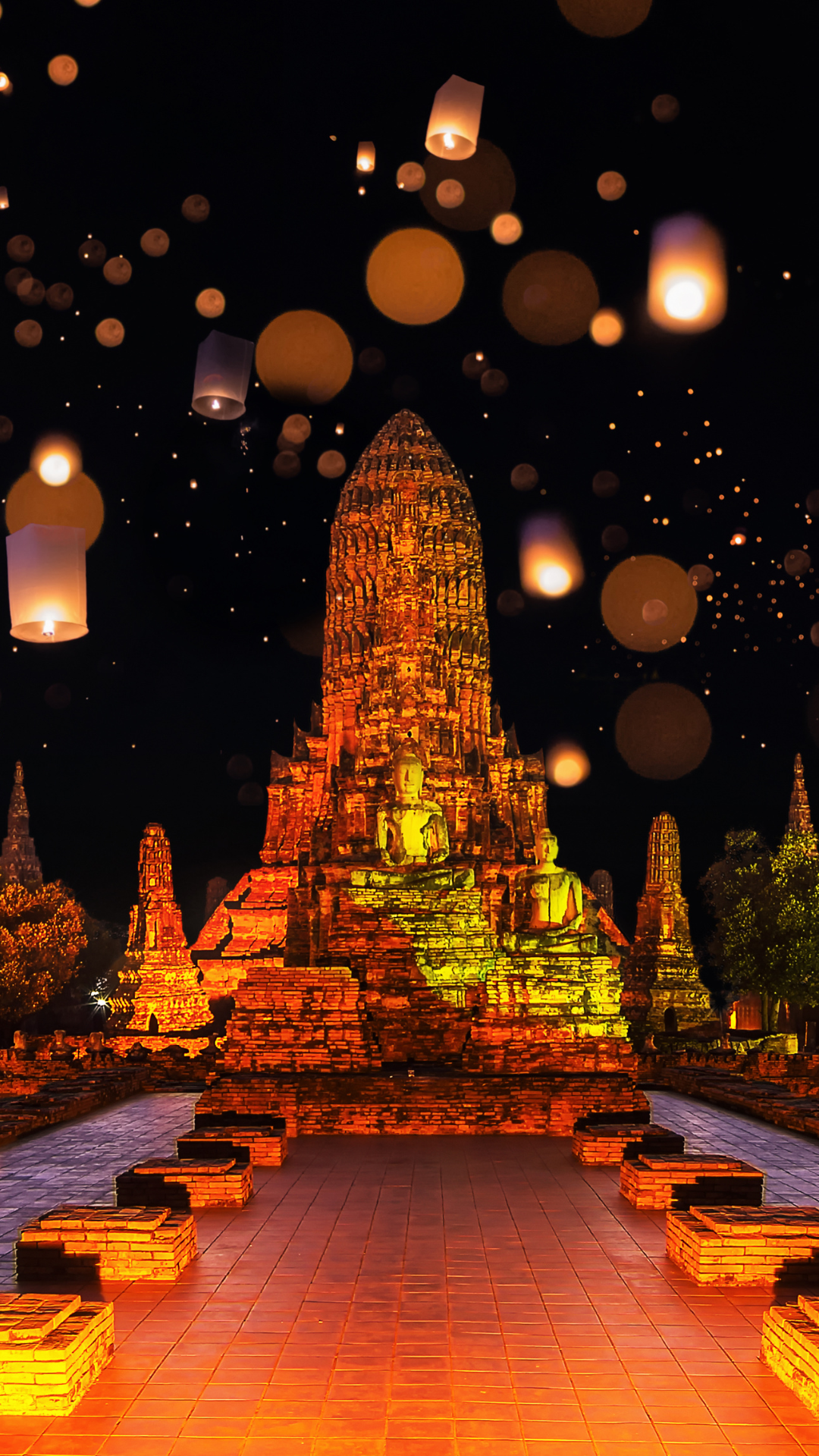
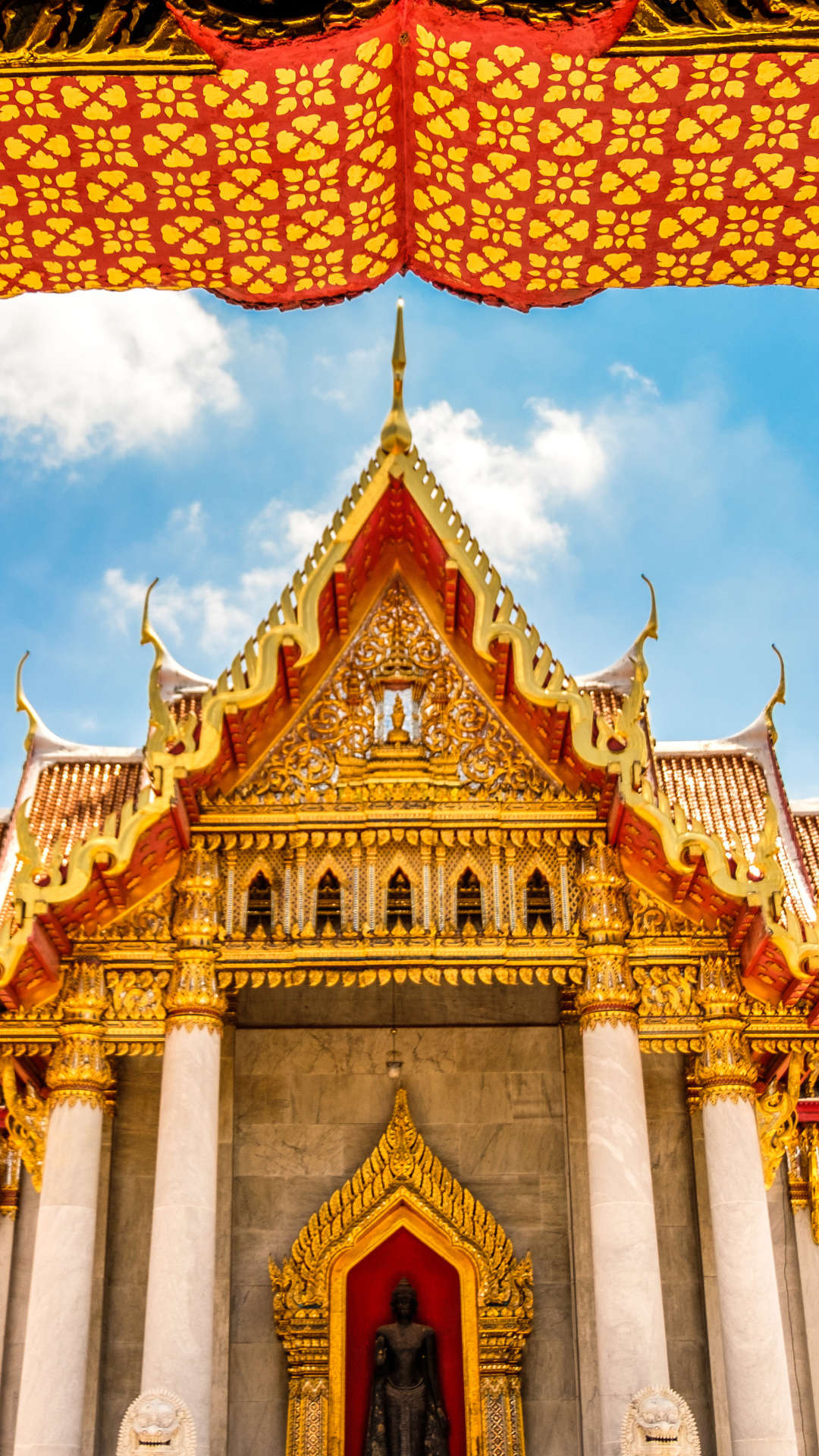
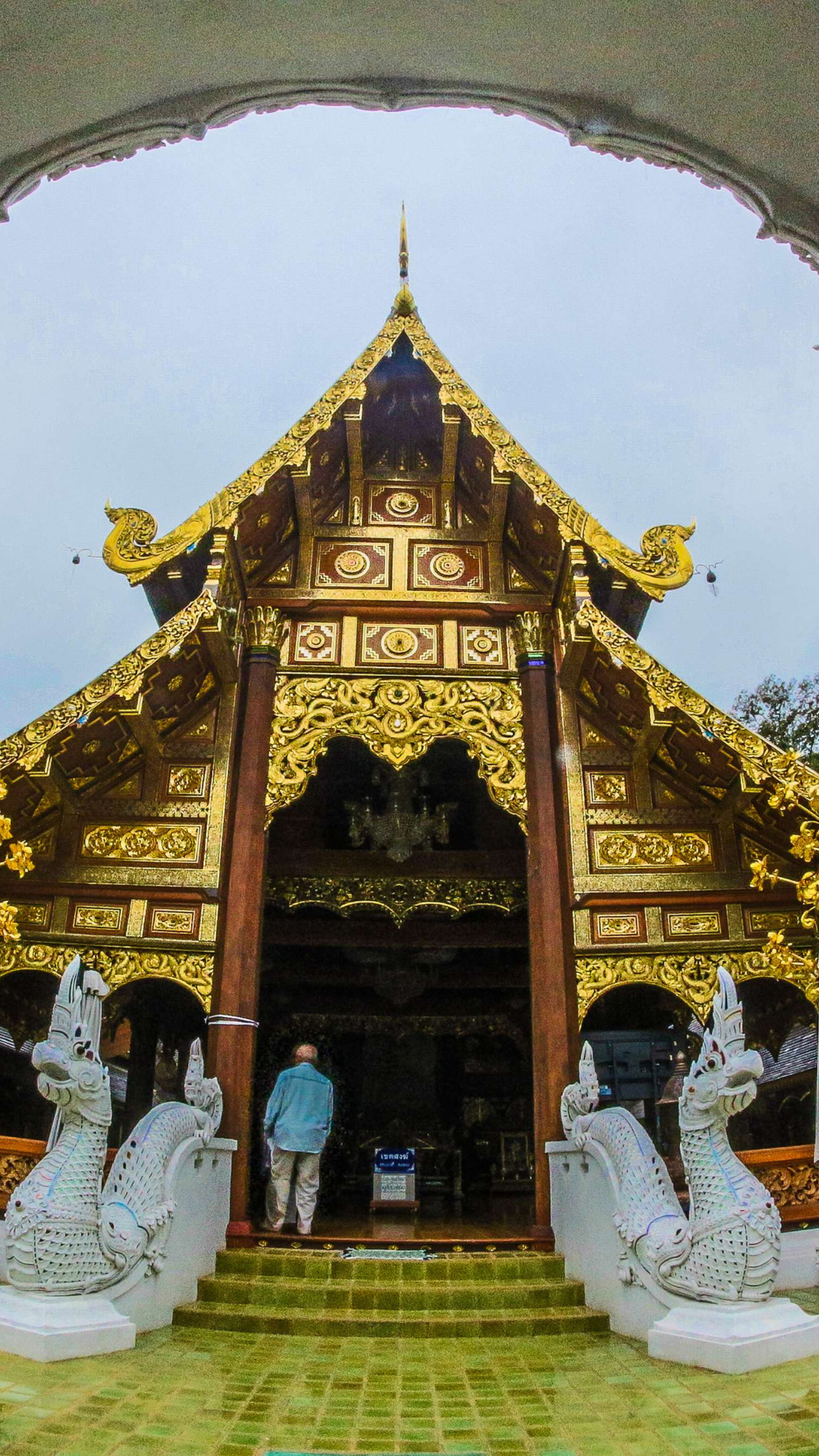
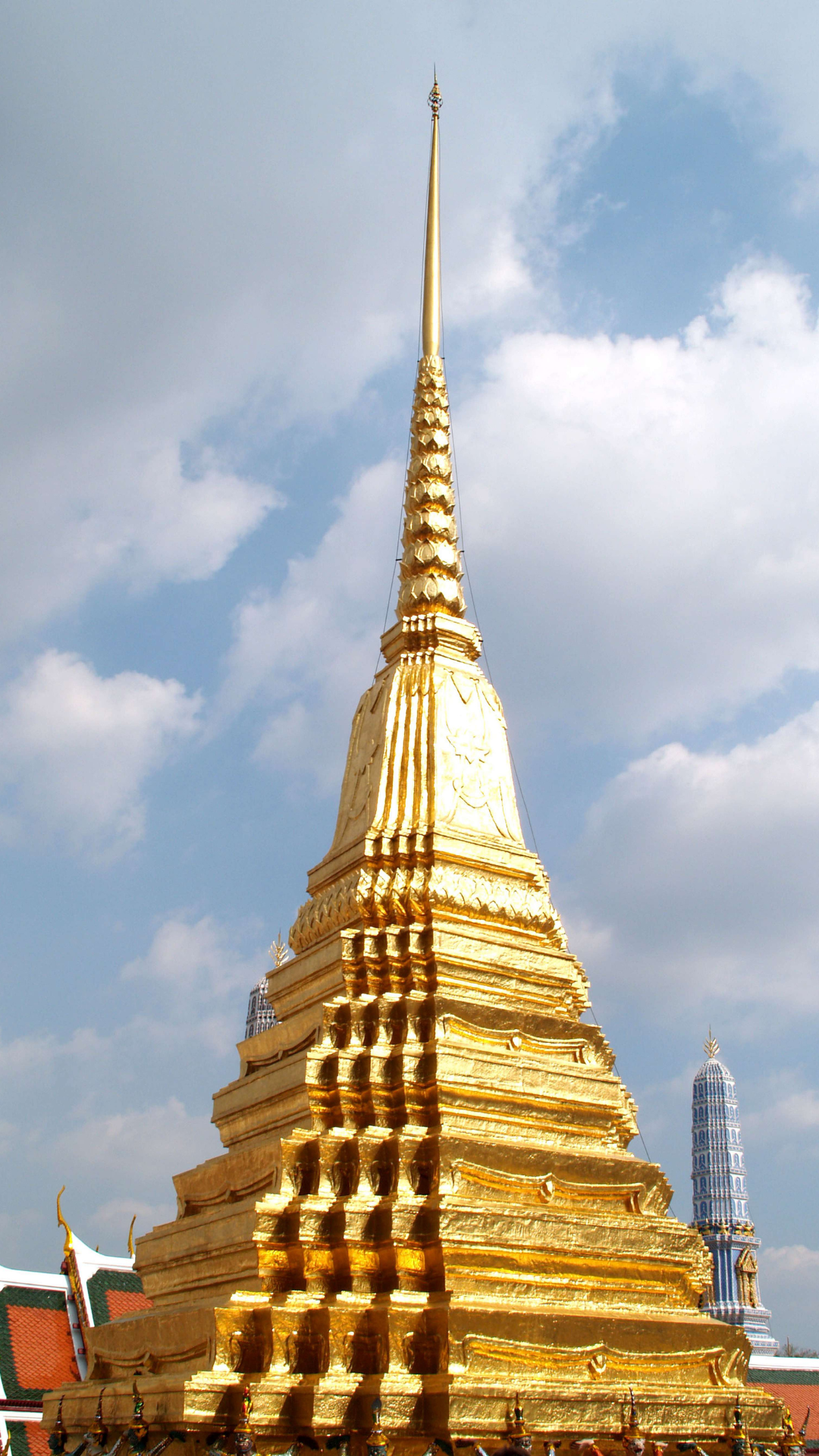
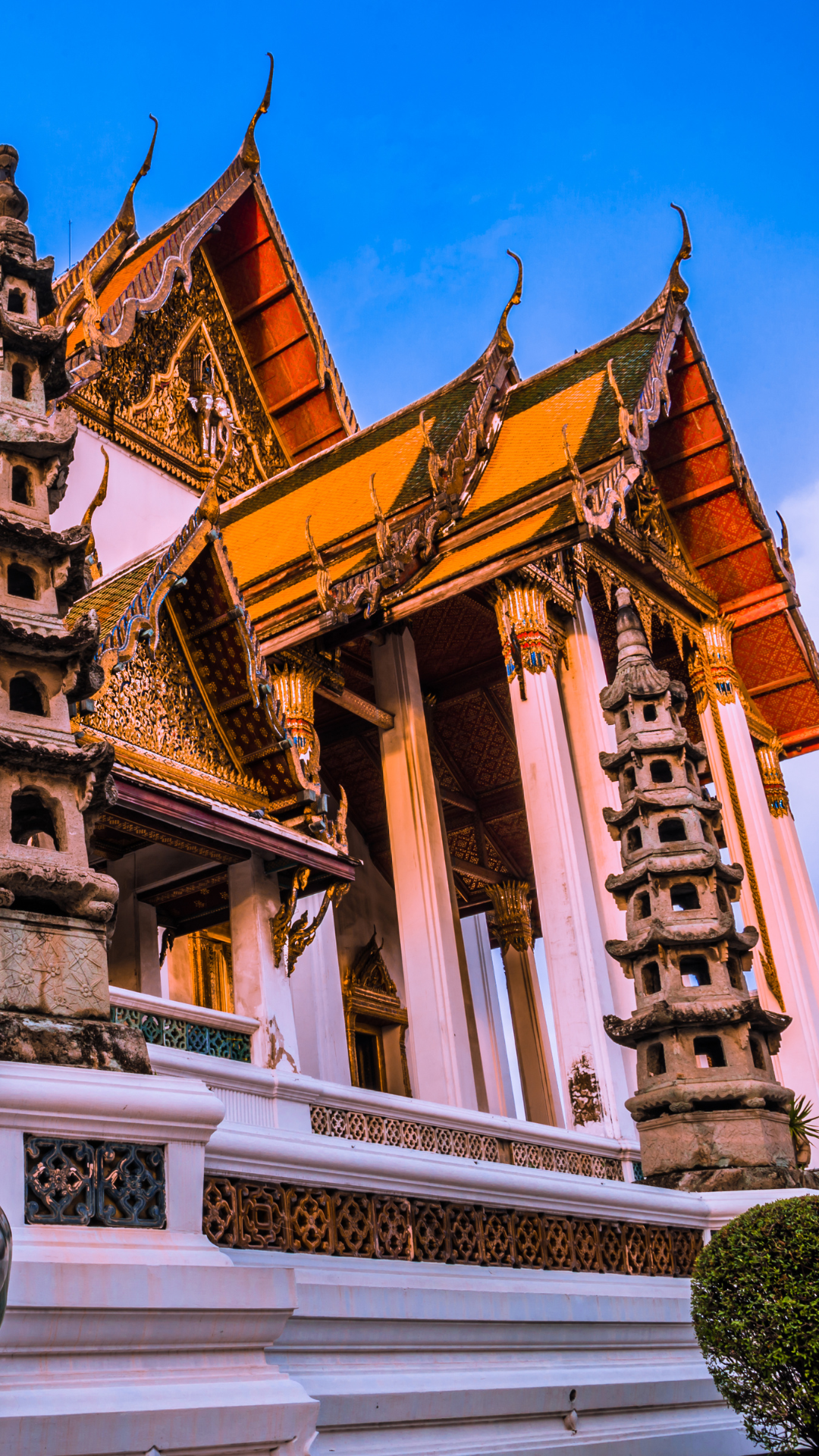


5. 20th Century to the Present:
- Constitutional Monarchy: In 1932, Thailand’s first constitution was adopted, marking the country’s transition to a constitutional monarchy.
- Thailand declared its neutrality during World War II, but Japanese forces invaded and annexed the country.
- Thailand underwent economic expansion, political unrest, military takeovers, and sporadic democratic reforms during the post-war era.
- Recent Years: Thailand experienced political unrest, including the military coups of 2006 and 2014. The nation’s economy is expanding, and it continues to be a top travel destination.
It’s crucial to remember that this overview only covers the broad strokes of Thailand’s history; there are a lot more specifics and nuanced aspects to go into for each era.